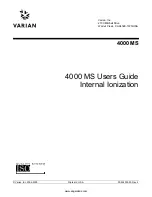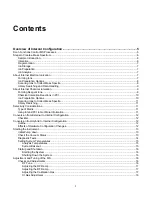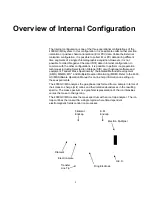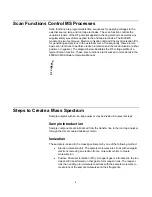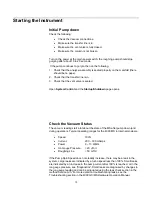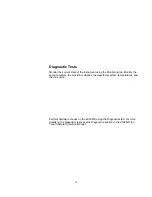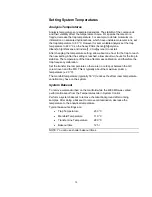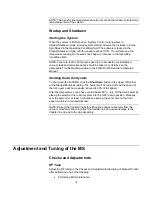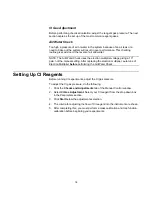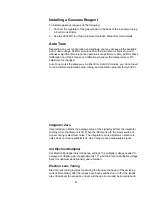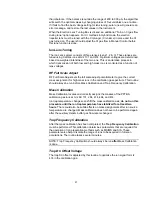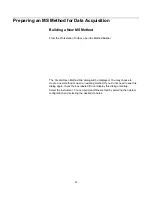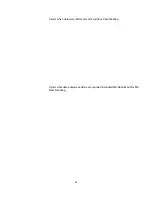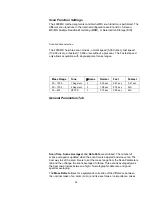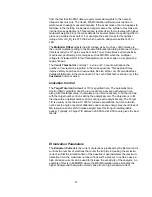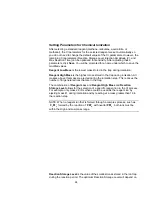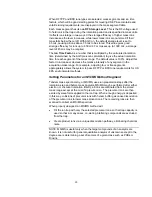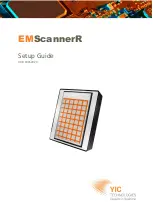
15
Setting System Temperatures
Analysis Temperatures
Analysis temperatures are sample dependant. The stability of the compounds
and their volatility affect the temperature choice. For species that are more
fragile, decrease the trap temperature. For example, to obtain molecular ion
information on saturated hydrocarbons, which have unstable molecular ions, set
the trap temperature to 80 °C. However for semi-volatile analysis set the trap
temperature to 220 °C so the heavy PAHs (benzo[ghi]perylene,
dibenz[a,h]anthracene and indeno[1,2,3-cd]pyrene) do not tail.
After changing the temperature setting, allow about one hour for the trap to reach
the new setting. After the setting is reached, allow about two hours for the trap to
stabilize. The temperature of the trap affects mass calibration, and therefore the
trap frequency calibration.
Set the transfer line temperature so there are no cold spot between the GC
column oven and the MS. This is typically about the maximum column
temperature (± 20 °C).
The manifold temperature (typically 50 °C) reduces the effect room temperature
variation may have on the system.
System Bakeout
To remove water adsorbed on the manifold while the 4000 MS was vented,
perform a Bakeout from the Temperatures tab in System Control.
Perform a system bakeout to remove chemical background after running
samples. After doing a bakeout to remove contamination, decrease the
temperature to the analytical temperature.
Typical bake-out settings are:
•
Trap Temperature
230 °C
•
Manifold Temperature
110 °C
•
Transfer Line Temperature
280 °C
•
Bakeout time
12 hr
NOTE: You can use shorter bakeout times.
Summary of Contents for 4000 MS
Page 2: ......

